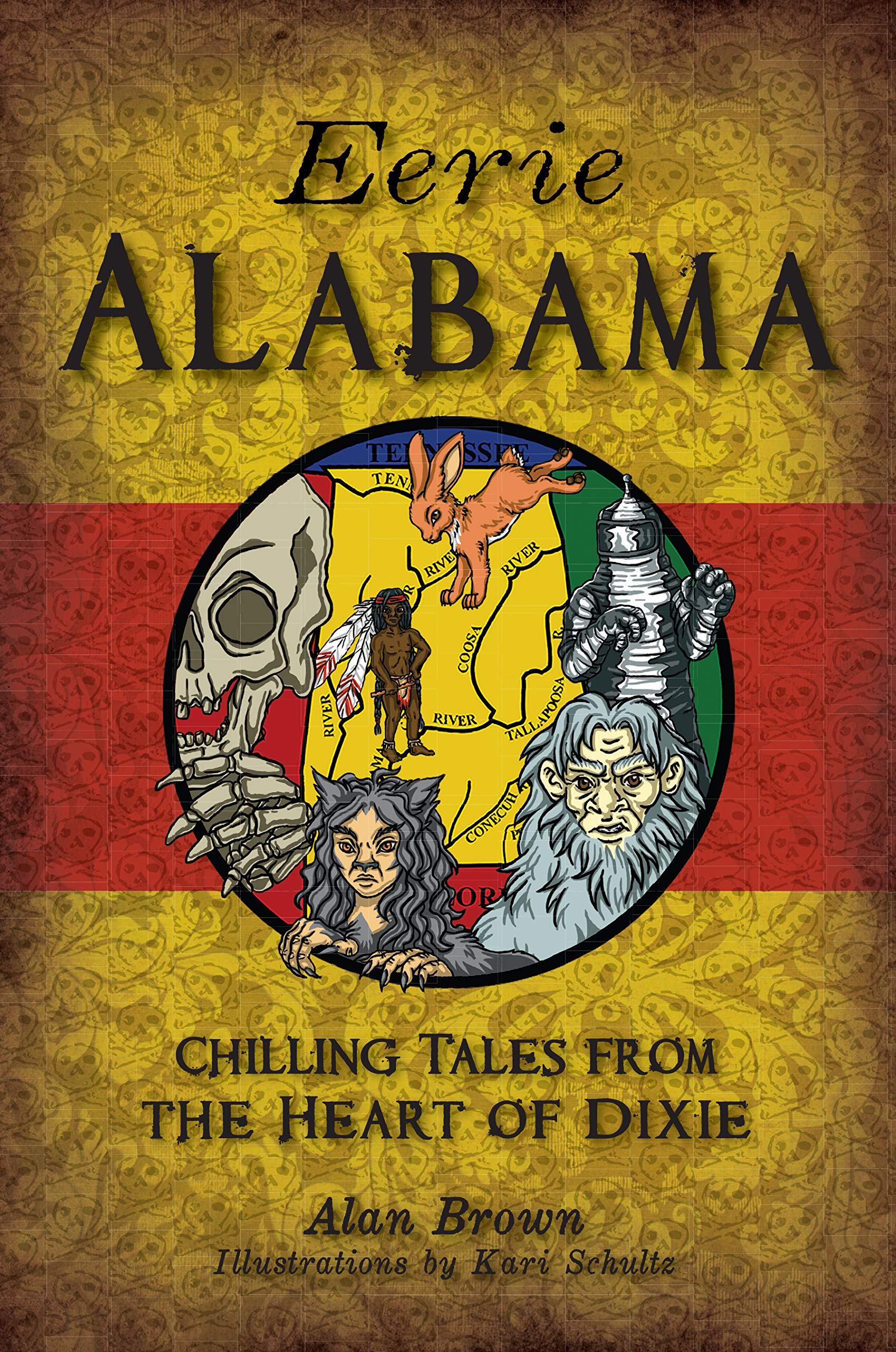In the first half of the nineteenth century, traveling through the mountainous regions of East Tennessee was fraught with danger. Pioneers had to contend with unpredictable weather, hostile Indians, and seemingly impassable trails. At this time, a new type of outlaw known as “Land Pirates” made travel even more perilous. The most notorious of these scoundrels was John Murrell. Born in 1804, Murrell was the son of an itinerant preacher and Zilpah Murrell, the madam of a brothel. At a very early age, Murrell’s mother encouraged him to sneak into her bedroom while she was “occupying” her customers and steal their wallets. Murrell also received training in the art of thievery from a semi-retired sea pirate named Harry Cranshaw. While he was still a teenager, Murrell stole any unprotected horses or slaves from their owners and resold them. His criminal career was put on hold for a short period after he was arrested for stealing a black mare from a widow. Following his guilty verdict, Murrell’s thumb was branded with the letters “HT” for horse thief. He was also flogged and incarcerated. After Murrell was released from prison a year later, Cranshaw transformed the young thief into a murderous cutthroat and bushwhacker. In the 1820s, Murrell and Cranshaw ambushed travelers on lonely roads, shot them, robbed them, and then dumped the bodies into ponds, lakes or rivers. The only victim Murrell and Cranshaw did not dispose of properly formed the basis of one of East Tennessee’s most enduring ghost stories.
Some time in the late 1820s or early 1830s, a family of settlers who were making their way to Nashville was camping along the Old Sage Road a few miles outside of Surgoinsville. They were sleeping under the sheltering limbs of a large white oak tree atop a small hill when they were aroused from their sleep by John Murrell and Henry Cranshaw. The bandits’ relentless threats and questioning eventually compelled the father to reveal the location of their valuables. Once Murrell and Cranshaw had found the family’s possessions, the travelers’ usefulness had come to an end. Every member of the family of settlers was murdered in cold blood, including the children.
The next order of business was to load the valuables and the bodies of the family members onto their wagon. Murrell and Cranshaw were headed down the road, looking for a body of water where they could dump the corpses when they noticed that they were being followed by the family pet, a long, white dog with short legs. Murrell stopped the wagon and walked toward the animal with the intention of adopting it as his own. He knelt down to pet the dog, fully expecting her to succumb to his blue-eyed charm, just as so many of his human victims had. Instead, the dog growled and clamped down on Murrell’s hand in a vise-like grip. Screaming at the top of his lungs, Murrell jumped up and down and screamed with the dog firmly attached to his hand. After several attempts, Cranshw finally managed to wrap his hands around the dog’s neck and choke her. Before long, the dog slipped into unconsciousness, enabling Murrell to open her jaws and drop her to the ground. Murrell’s anger at having his gestures of friendship so violently rebuke, along with his fear of contracting rabies, drove him to strangle the little dog in his powerful hands. He then threw the heroic little canine into a roadside ditch.
In 1834, after years of larceny and murder, John Murrell was finally indicted, found guilty, and sentenced to ten years of prison. Because none of the bodies of his victims were ever found, none of the charges against him included murder. Not long after Murrell was imprisoned, travelers along the Old Sage Road began reporting the sudden appearance of a long, small dog that ran alongside their wagons, apparently looking for her owners. The dog seemed to glow as it ran along. People walking along the road were delighted to find that they were being accompanied by a little white dog that never barked. When they attempted to reach out and pet the dog, she always disappeared. According to one local legend, a young man was so frightened by the spectral dog that he tried to run away from her. At one point, he became so desperate that he picked up a fence rail and threw it at the dog. To his amazement, the rail passed right through the luminous animal. The young man began running again with the ghost dog fast on his heels. The young man finally lost his canine pursuer when he reached a place in the road where the dog always seemed to disappear. In the twentieth century, people driving along what is now Tennessee 46 have reported seeing a short, white dog struggling to keep pace with their speeding vehicles. People continued seeing the little dog until the 1960s. Perhaps the loyal pooch has finally been re-united with her family in the afterlife. One can only hope.



Recent Comments